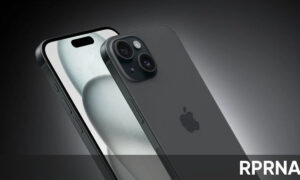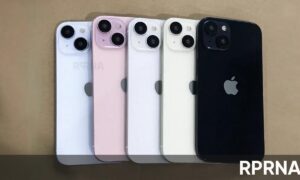According to a new research report by a well-known analyst Ming-Chi-Kuo, Apple’s long-rumored augmented reality (AR) headset project will bear fruit early at the end of next year, requiring a processor to support its high-end features. The launch coincided with the launch of the first device to carry a pair.
Ming-Chi Koo is an analyst at TF International Securities, his research notes often provide a credible perspective on Apple’s future plans. Although he is not always accurate, his predictions of future Apple products are accurate enough to make him one of the most reliable sources of Apple rumors. Kuo previously worked at KGI Securities, Concorde Securities, and DigiTimes.
JOIN US ON TELEGRAM
He further reveals the high-end main processor is said to be similar to the M1 chip Apple introduced for its first Apple silicon Mac last year, while the low-end processor will manage the sensor-related aspects of the device. Kuo said that the initial AR headset will be able to work independently without connecting to a Mac or iPhone. Apple wants it to support “a wide range of applications” and plans to replace the “iPhone” within ten years.

According to him, the AR headset will be free to use which means there is no need to connect it to a Mac or iPhone and that the headset operates independently and with the goal of replacing the Apple iPhone with “a wide range of applications.” Wants to support within ten years.
Word of Kuo:
We predict that Apple’s AR headset to be launched in 4Q22 will be equipped with two processors. The higher-end processor will have similar computing power as the M1 for Mac, whereas the lower-end processor will be in charge of sensor-related computing.
The power management unit (PMU) design of the high-end processor is similar to that of M1 because it has the same level of computing power as M1.
Apple’s AR headset requires a separate processor as the computing power of the sensor is significantly higher than that of the iPhone. For example, the AR headset requires at least 6-8 optical modules to simultaneously provide continuous video see-through AR services to users. In comparison, an iPhone requires up to 3 optical modules running simultaneously and does not require continuous computing.
Additionally, the headset will also be able to support virtual reality (VR) experiences thanks to a pair of 4K Micro OLED displays from Sony, which require the computing horsepower of an M1-like chip.
(Source: Macrumors)
















